Olympus M.Zuiko Digital ED 8-25 mm f/4 PRO
5. Chromatic and spherical aberration
Chromatic aberration
Photos, shown below, prove very well that the Olympus 8-25 mm practically doesn't have any problems with correcting longitudinal chromatic aberration. The high number of elements made of low dispersion glass inside this instrument perform as they should.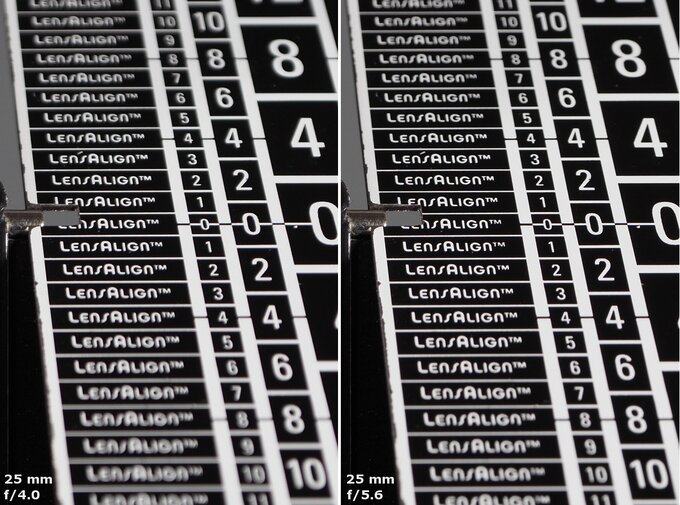 |
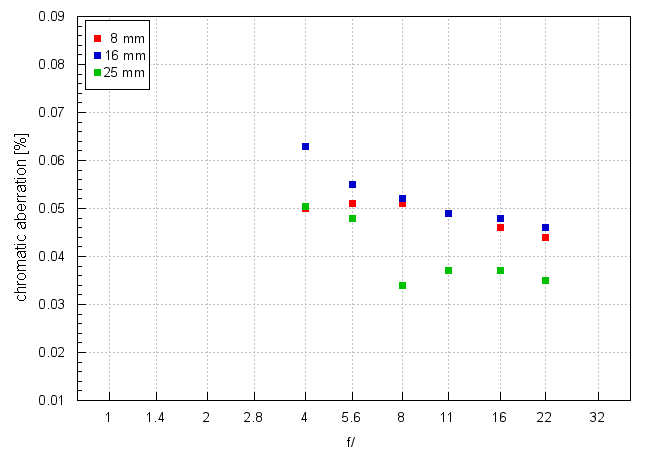
The results for particular focal lengths are similar; still you can notice that they are the highest at 16 mm, a tad lower at 8 mm, and the lowest at 25 mm. However in every case you deal with a value that is situated on the borderline between very low and low level. It means that aberration won't bother you in real life. Taking into account the range of angles of view, offered by the tested lens, and its constant aperture, the performance in this category should be assessed very high indeed.
Please Support UsIf you enjoy our reviews and articles, and you want us to continue our work please, support our website by donating through PayPal. The funds are going to be used for paying our editorial team, renting servers, and equipping our testing studio; only that way we will be able to continue providing you interesting content for free. |
- - - - - - - - - - - - - - - - - - - - - - - - - - - - - - - - - - - - - - - - - - - - - - - -
| E-M5 II, RAW, 16 mm, f/4.0 | E-M5 II, RAW, 25 mm, f/8.0 |
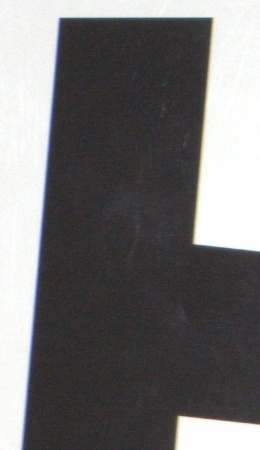
|
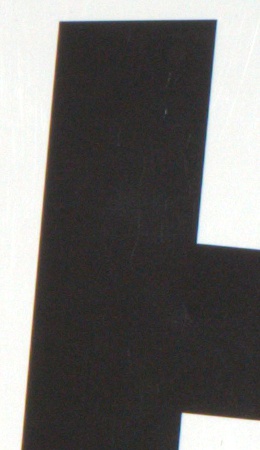
|
Spherical aberration
In first photos of this chapter you can't spod any 'focus shift' effect. Circles of light we got before and behind the focus aren't identical – one of them features a distinct, brighter rim – so spherical aberration is not corrected in a perfect way. On the other hand its level cannot be high because it would negatively influence the maximum relative aperture and produce a 'focus shift' effect and this is not the case.
| Olympus E-M5 II, 25 mm, f/4.0, before | Olympus E-M5 II, 25 mm, f/4.0, after |
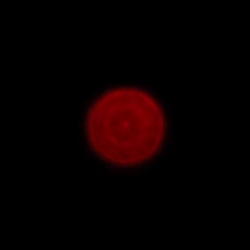
|
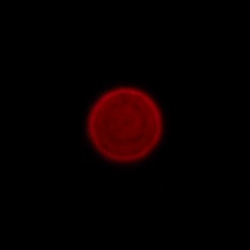
|






